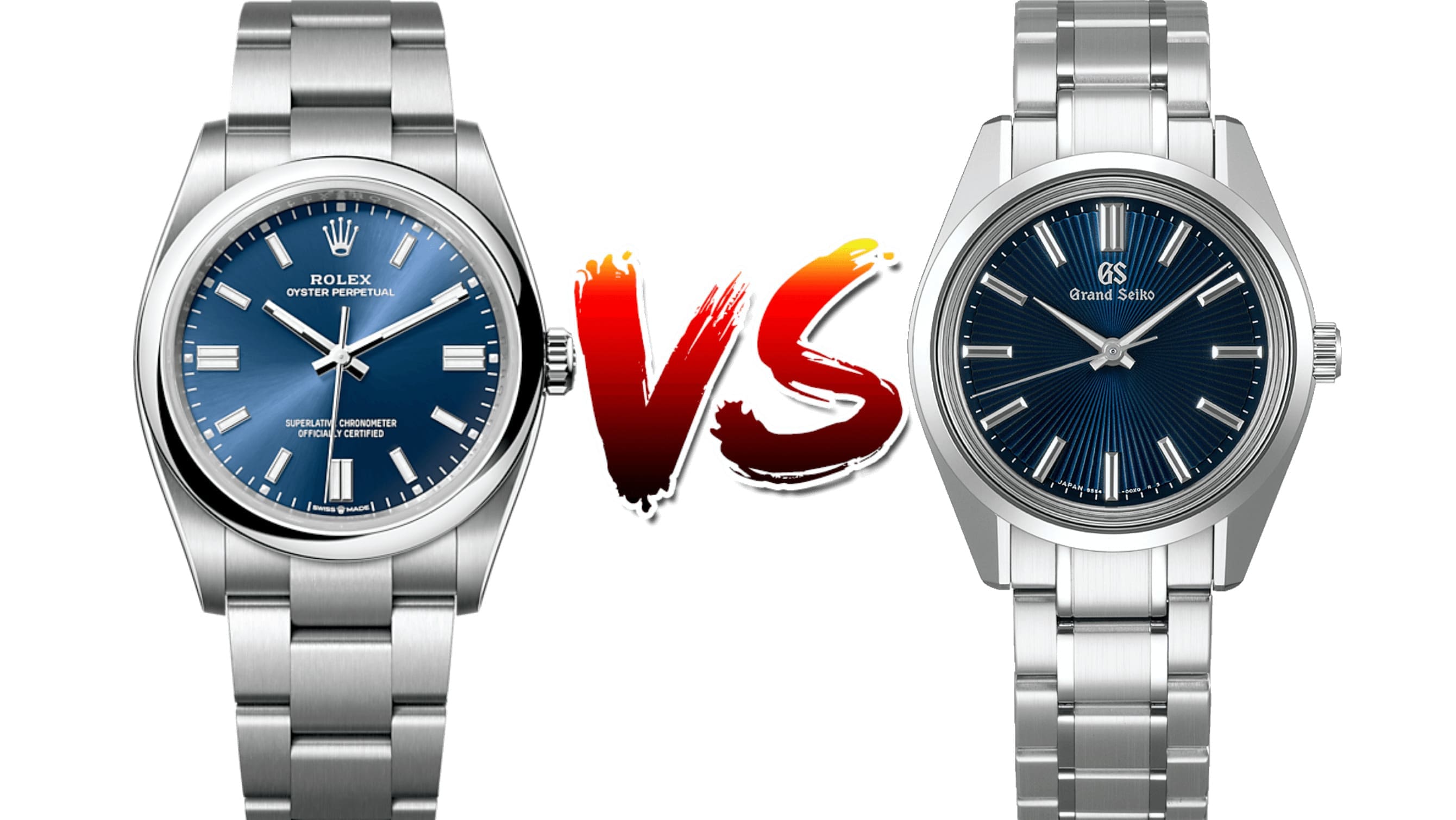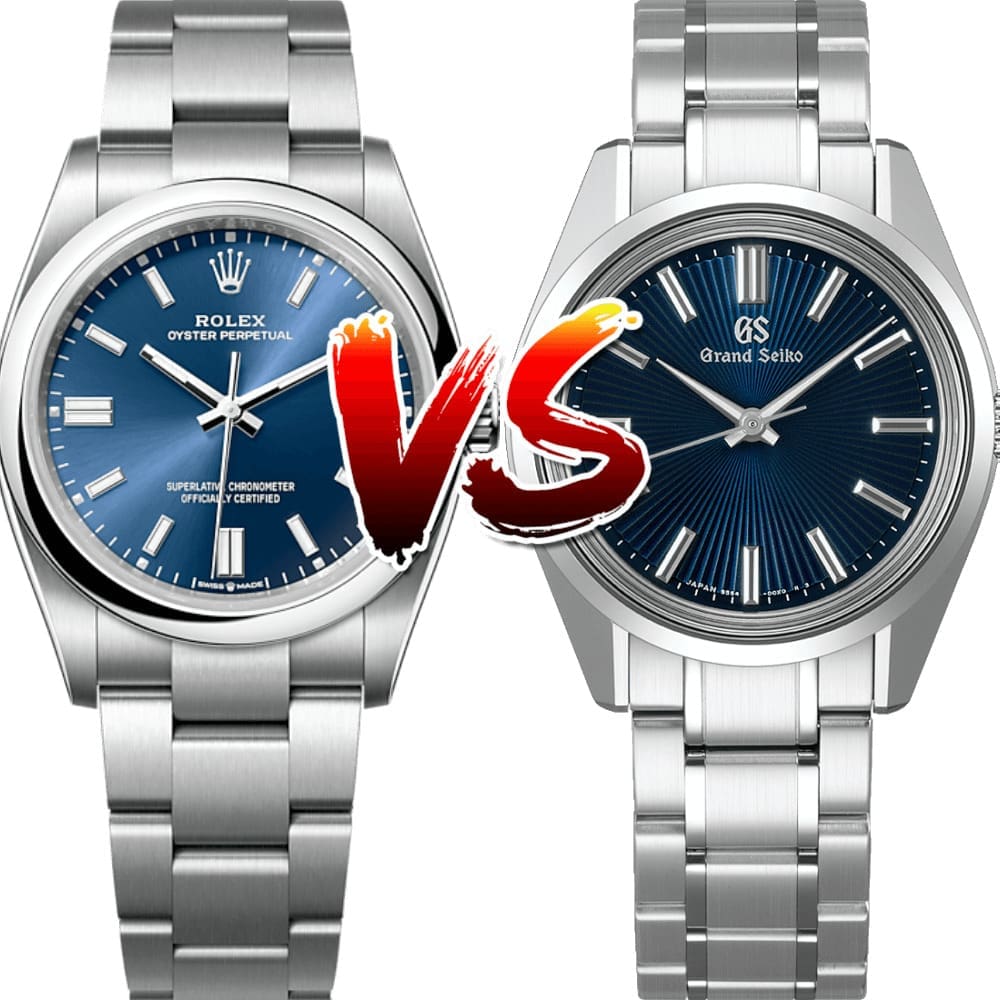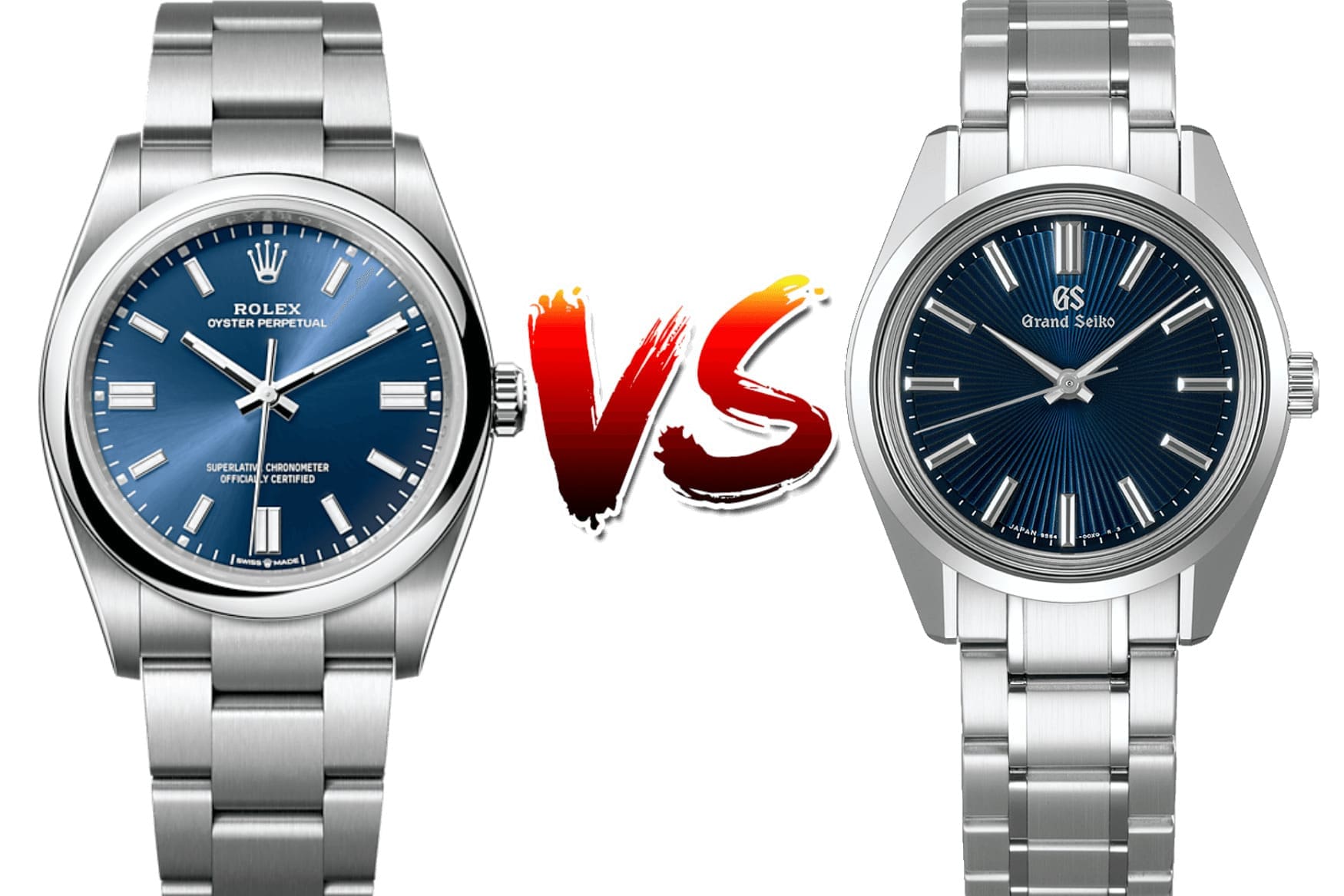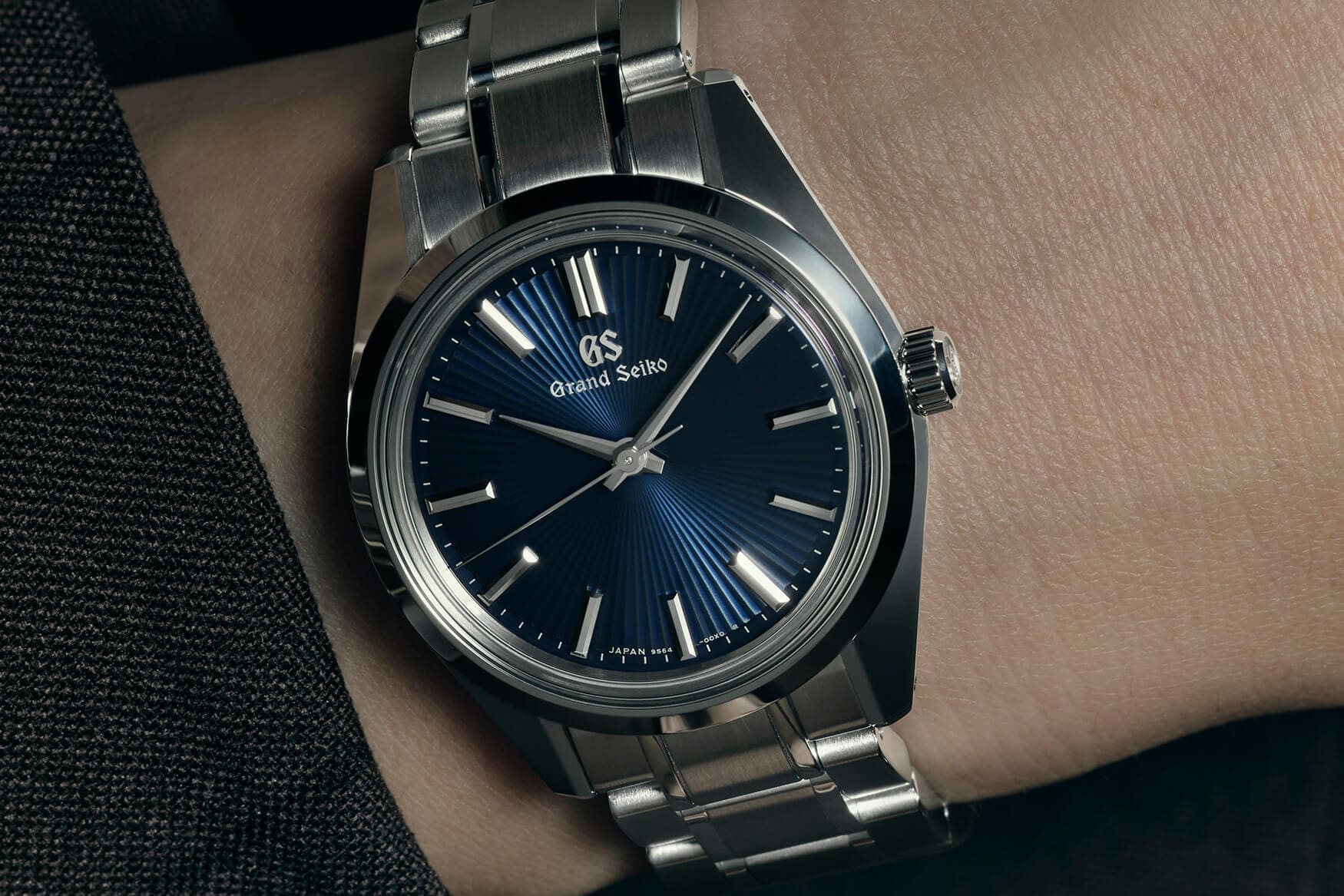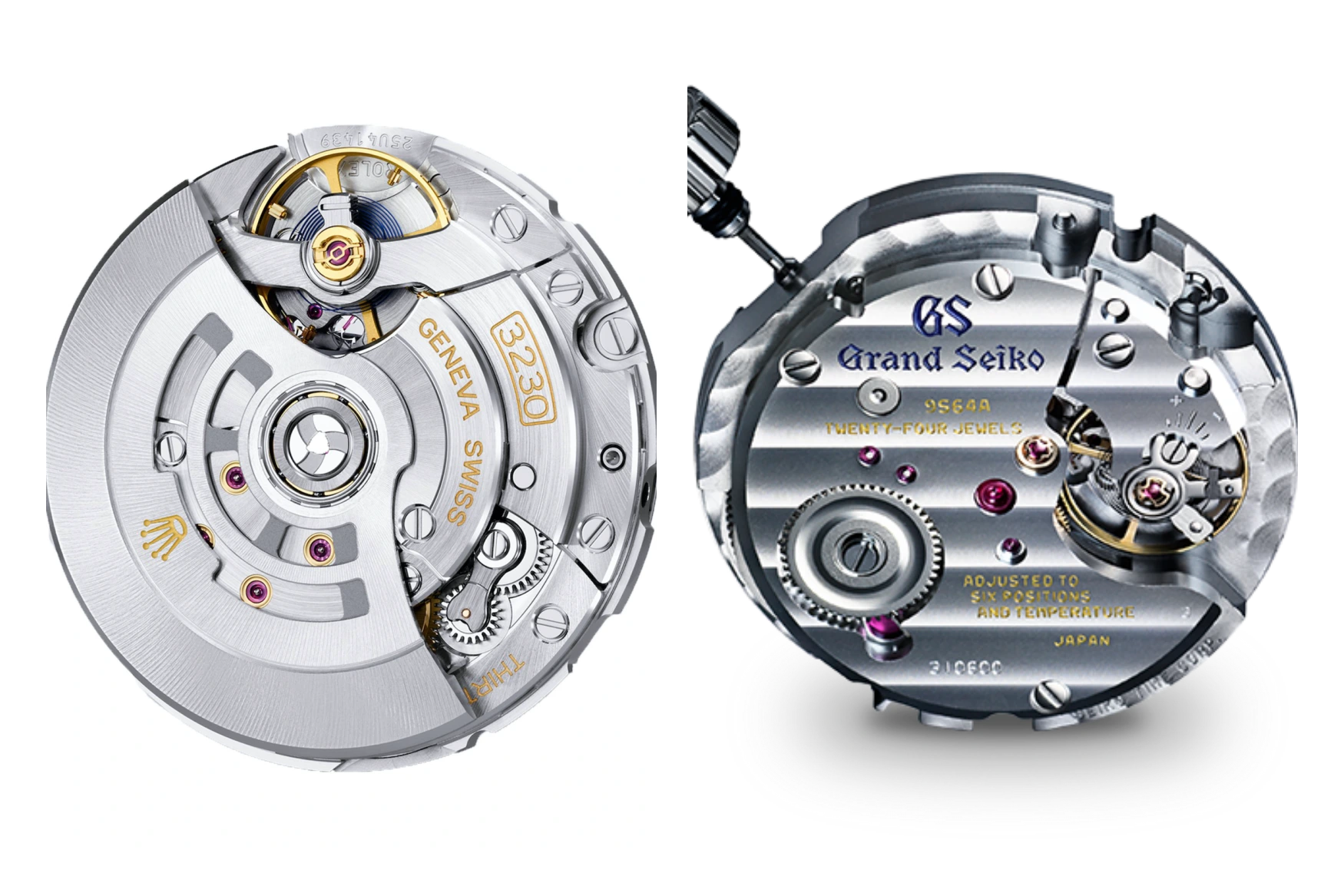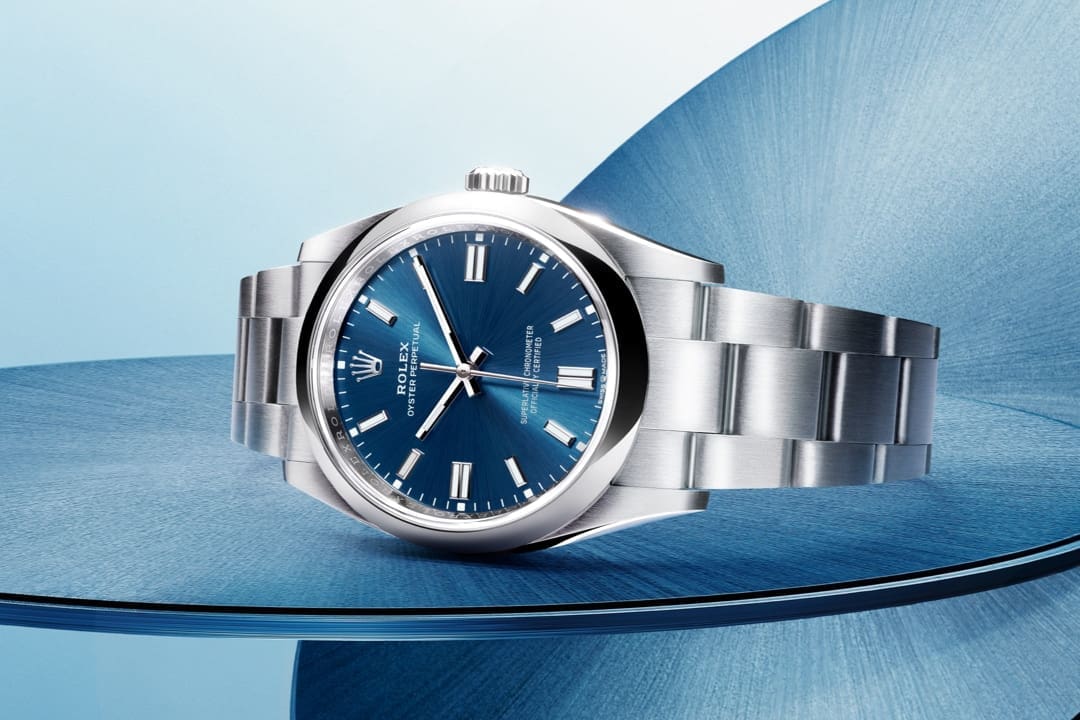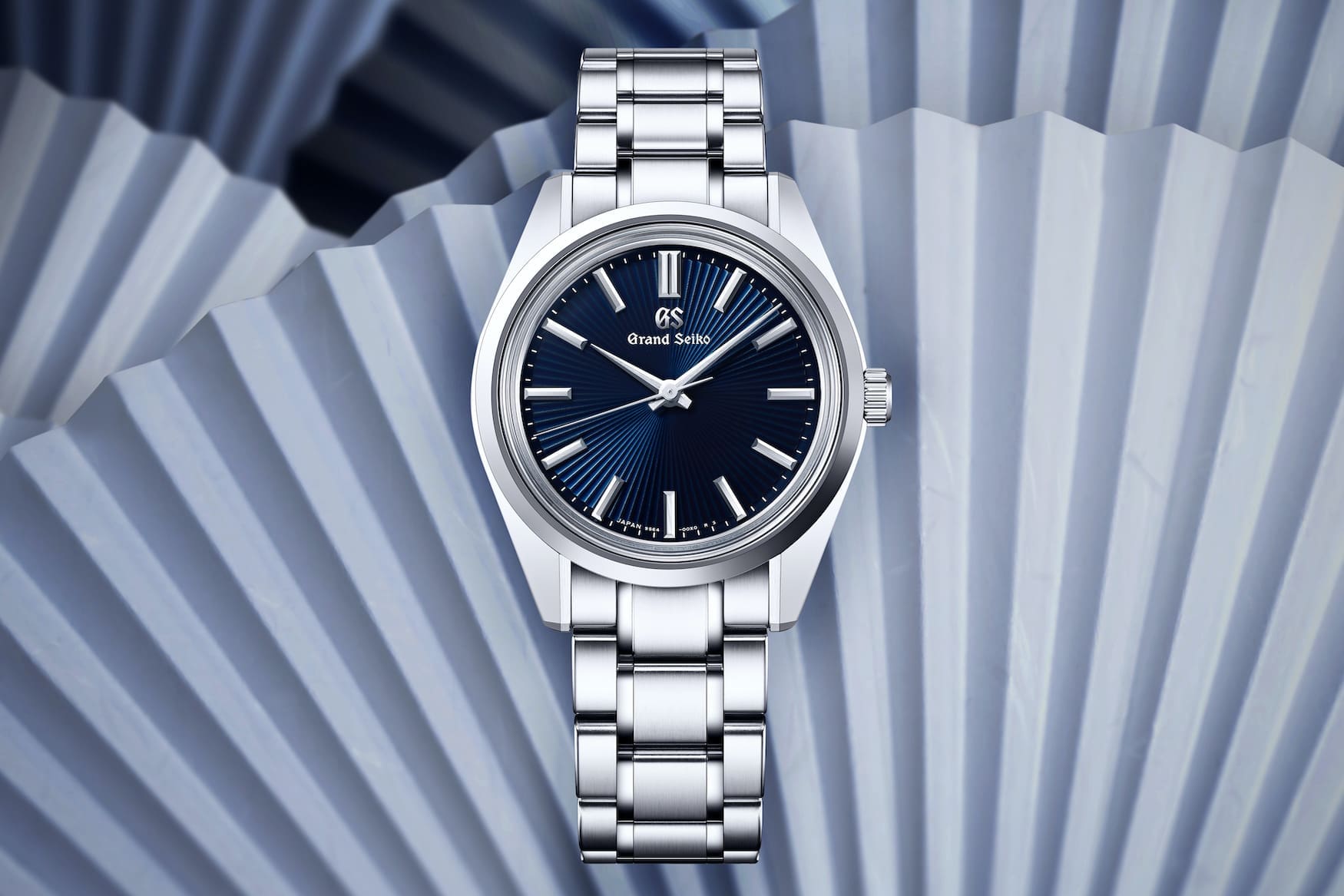An epic mid-size battle between the Rolex Oyster Perpetual 36 & Grand Seiko SBGW299
Zach BlassFull disclosure, I have meant to have these two watches go head-to-head in battle on the site for quite some time. Fanboys like myself have long drawn comparisons between Rolex and Grand Seiko in an attempt to showcase how well-made and competitive the Japanese manufacturer’s offerings are in comparison to the behemoth that is The Crown. While there is certainly nuance and clear advantages for each, the comparisons can be hard from an apples-to-apples standpoint. When comparing the Daytona to the Tentagraph, or Submariner to a Grand Seiko diver, the Grand Seiko’s typically larger size results in a harder matchup. With the recent influx of 36.5mm 44GS-cased references from Grand Seiko, however, upon the debut of the initial 36.5mm model from Grand Seiko, I immediately knew in its 36.5mm size that it would be a great contender against Rolex’s Oyster Perpetual 36. Just look at the specs table below, and you will see just how similar these watches are on paper. It is a very close call, and I certainly do not have a verdict or winner in mind just yet. So, let’s run through both and find out together which watch will win this latest installment of Versus: the Rolex Oyster Perpetual 36 ref. 126000 ‘Bright Blue’ against the Grand Seiko SBGW299.
| Brand | Rolex | Grand Seiko |
| Model | Oyster Perpetual 36 ref. 126000 | SBGW299 |
| Case Dimensions | 36mm (D) x 11.7mm (T) x 43.4mm (LTL) | 36.5mm (D) x 11.6mm (T) x 42.7mm (LTL) |
| Case Material | Stainless steel | Stainless steel |
| Water Resistance | 100 metres, screw-down crown | 100 metres, push crown |
| Dial | ‘Bright blue’ | Blue |
| Crystal | Sapphire crystal | Box-domed sapphire |
| Strap | Oyster bracelet | Stainless steel bracelet, folding clasp with push button release |
| Movement | In-house automatic 3230 calibre | In-house manually wound calibre 9S64 |
| Power Reserve | 70 hours | 72 hours |
| Functions | Hours, minutes, seconds | Hours, minutes, seconds |
| Availability | Now | Now |
| Price | US$6,100 | US$5,400 |
Common ground: Size, depth rating, and daily-wearer approved spec
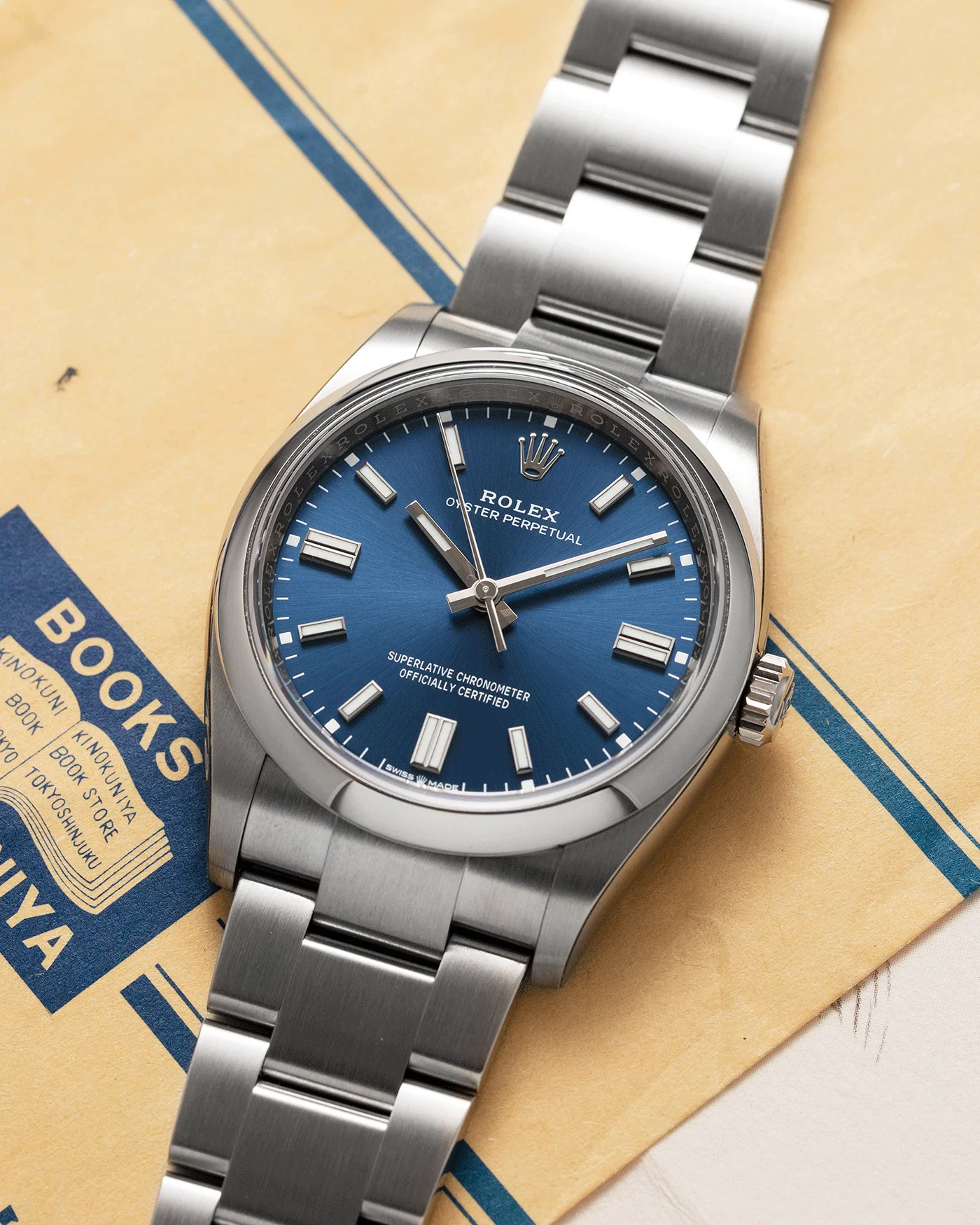
For both brands, each of these references represents the entry point into each in terms of a steel watch, on a bracelet, with daily-wear appropriate specs. From a size perspective, the Grand Seiko SBGW299 is half a millimetre wider in diameter, .1mm thinner, and .7mm shorter lug-to-lug across the wrist in comparison to the Rolex Oyster Perpetual 36. So, technically speaking the SBGW299 is a more compact watch. But, effectively these two watches offer a near-identical fit and feel on the wrist. The watches also each offer an equal 100 metres of water-resistance, and a near-equal amount of power reserve with SBGW299’s 72 hours of power reserve just two hours more than the 70 offered within the OP 36. From a less technical standpoint, from a vibe perspective let’s say, each are beach or boardroom capable and have super versatile blue dials that allow the watch to be worn with a very wide range of wardrobes and styles. They are very similar on the surface. It is only when you dig deeper that nuanced differences only watch geeks would know to point out arise.
Where each stands apart: Finish, automatic versus manual, price and availability
Firstly, the level and type of finishes used on each watch creates an important point of difference. Initially, I wanted to compare the SBGW299 to the Datejust 36 because the Datejust explores more polished surfaces in its aesthetic. Ultimately, the date complication, which the SBGW299 does not have, and the higher price point of the Datejust, led me to think the Oyster Perpetual 36 was a stronger pound-for-pound matchup. But, the Rolex Oyster Perpetual 36 is a largely brushed watch with only the bezel and case sides mirror-finished. The entire Rolex Oyster Perpetual bracelet is brushed on its top side, even through the clasp, with only the sides polished. The Grand Seiko SBGW299 exhibits a much more sophisticated level of finish, the broad shoulder-blade lugs of the 44GS case zaratsu distortion-free mirror-polished by hand. The brushed surfaces of the OP will wear scratches better, but the Grand Seiko SBGW299’s effectively black-polished case is much more of a spectacle visually.
This idea of Grand Seiko’s higher aesthetic battling Rolex’s function-focus extends to other elements as well. Both have blue dials, but the Grand Seiko dial has diamond-cut and finely finished and faceted applied indices set against a textured blue sunburst dial. The ridged paper-fan texture adds further intrigue to the dial that, perhaps, the Rolex Oyster Perpetual 36’s ‘Bright Blue’ dial does not have. But, Rolex is certainly no slouch with dials and they are known for nailing their dial colours. I know firsthand how dynamic the Rolex ‘Bright Blue’ dial is with my Datejust 36 ref. 126234 – it is a stunning and dynamic blue. Also, what the Rolex dial has, that the Grand Seiko dial does not, is luminous fillings for the hands and hour indices. So, once the lights are off, the Oyster Perpetual 36 dial is vastly more legible. Furthering the function versus aesthetic conversation, the Grand Seiko bracelet has the advantage of mixed-finished elegance but the Rolex Oyster bracelet has the advantage of an easylink clasp that effectively allows you to add or remove a link’s worth of length on the fly.
It is also important to note that the Grand Seiko SBGW299 is manually wound with a push-crown while the Rolex Oyster Perpetual 36 is automatic with a screw-down crown. I typically feel safer with a screw-down crown when taking a watch into the water, but short of extreme shock to the crown both will perform equally from a depth rating perspective. And, with a manually wound movement, it will be much easier to engage with and wind the crown every two to three days when needed.
Furthermore, the in-house 9S64 movement inside the SBGW299 is not a hi-beat movement – it has the same 4hz rate as the in-house 3230 inside of the OP 36. The 9S64 is more efficient with its 72 hours of power reserve versus the 3230’s 70 hours of power reserve, but the 3230 is regulated within tighter parameters. Rolex’s superlative chronometer rating requires their watches to leave the factory running within +/- 2 seconds per day. The Grand Seiko standard has the 9S64 leaving the factory regulated within +5/-3 seconds per day (while static).
All this said, the SBGW299 is US$700 less than the OP 36 and is vastly more available for purchase.
The verdict
The case for the Rolex Oyster Perpetual 36: More practical functionally with its lumed hands and indices, automatic movement, greater movement regulation, and more practical aesthetically with a largely brushed finish that will wear scratches better. It also has the advantage, from a bracelet clasp perspective, with easylink adjustment. On the beach-to-boardroom spectrum, the OP 36 is stronger the more your taste skews toward beach.
The case for the Grand Seiko SBGW299: Aesthetically speaking, the Grand Seiko SBGW299 is more elevated. Grand Seiko’s zaratsu-finished cases put most brands’ cases to shame, and the distinct texture of the SBGW299’s dial creates a further visual point of difference. On the beach to boardroom spectrum, the SBGW299 is stronger the more your taste skews toward boardroom.
My pick: Visually from a level of finish, I think the SBGW299 is superior – but there are few functional elements of the OP 36 I wish the SBGW299 had. I want to give it to the SBGW299, but if I think beyond myself and more broadly, I think I have to give it to the Oyster Perpetual 36. Were the Grand Seiko SBGW299 to use the in-house hi-beat automatic calibre 9S85, without the dimensions changing too much and with a screw-down crown, I probably would have handed the victory to Grand Seiko. The lack of lume is not a deal breaker for me, but I do wish these 36.5mm 44GS watches used the same razor-sharp handset their larger siblings use. With a little functional level up, and largely winning aesthetically in my book (just change the handset!), the SBGW299 would have taken this battle with little doubt from my end.




